Revenge of the Bullies: MAGA Night at the Movies
Your tormentors from the 1980s are back with a vengeance
A quick note for my email readers, this post has a ton of embedded images and may be too long for some email programs (like Gmail). You may want to read this one directly on the Substack app or website.
P.S. Have we all seen the new logo? I wanted a friend who is a graphic designer to do one for me, but she hasn’t had time, so I eventually resorted to AI. Not too shabby.
Back in 2021, in the wake of the January 6 uprising, I penned a brief post on Facebook presenting a half-serious take on the political situation in our country. In this post, I suggested that our country was experiencing something I dubbed “The Revenge of the Bullies.”
A couple of people have mentioned this post to me in recent months and asked that I repost or revisit this idea. I think now is a good time to do so.
Here’s the original post as it appeared on my Facebook page:
I think it’s fair to say this theory is a bit reductive and overlooks some key factors contributing to the cesspool in which we’re sinking. Still, I find it an amusing framework to consider, so let’s expand upon it.
During the 1980s, filmmakers, perhaps most notably John Hughes, began telling a genre of story where the oppressed and bullied—the nerds, dorks, dweebs, geeks, outcasts, and other assorted downtrodden—rose up against their oppressors.
The bullying in these films often reflected themes of social class and status, acceptance, cultural attitudes, stereotyping, and the abuse of power and privilege. I don’t recall the bullies being depicted as racist—in fact, non-whites were hard to come by in these films, but xenophobia and intolerance were ever present as the “new kid in town” was frequently the target of the bully and his henches. The bullying teens in these films were seldom held accountable, either by the adults in their lives or the social systems surrounding them.
Eventually, in these films, the bullied underdogs would gain the upper hand, and supporting characters would rally around them, as it became apparent the bullies were not only wrong but deserving of their comeuppance.
The most obvious of these examples, and the one I used as a template in my original Facebook post, comes not from a John Hughes film, but from the 1984 movie “Revenge of the Nerds.” However, there are many other films of the era that also feature the triumph of the oppressed and the evisceration of the bully, including the Hughes canon and other non-Hughes classics like “Weird Science,” “Heathers,” “The Goonies,” and “Teen Wolf.”
In addition to bullies losing power to nerds on film, the 1980s saw the rise of desktop and personal computing, and with it, the computer nerd tech mogul. By the mid-‘80s, the profiles and profits of guys like Bill Gates (Microsoft), Ken Olsen (DEC), Larry Ellison (Oracle), and Steves Wozniak and Jobs (Apple) were on the rise. The bullies’ world was turned upside down. Intellect, cooperation, and patience, not raw strength and bluster, were now key to social and financial success.
Alongside this pushback against bullies on film and in the corporate realm, the 1980s saw the rise of the first anti-bullying programs and protocols, led by the work of Norwegian psychologist Dr. Daniel Olweus. The Olweus Bullying Prevention Program (OBBP), launched in 1983, was built on a systematic study of bullying among Scandinavian children during the 1970s. The initial results were published in Scandinavia in 1973 and in the United States in 1978, as the book, Aggression in the Schools: Bullies and Whipping Boys. It is generally considered to be the first scientific study of bullying in the world (Wikipedia, 2025).
The first implementation and evaluation of the OBBP within the United States occurred during the mid-1990s. It focused on students in grades 4-8 in rural middle schools in South Carolina. Since 2000, the Institute on Family & Neighborhood Life (IFNL) at Clemson University has served as the hub for OBPP training and consultation across North, Central, and South America. A subsequent book by Olweus, published in 1993, Bullying at School: What We Know and What We Can Do, has been published in more than 25 different languages (Clemson University, 2023a). The Olweus Program has been implemented in more than a dozen countries and thousands of schools in the United States (Clemson University, 2023b).
By the early 2000s, the stereotypical aggressive, belligerent, cruel, loutish, emotionally stunted bully had been essentially neutered and robbed of social status and influence. Some who might have bullied were steered away from those behaviors by interventions like the Olweus program. Others found their attitudes and behaviors no longer tolerated or deemed acceptable. “Peaked in high school” became a more and more common phenomenon among these types.
And so, the bullies simmered in impotent rage, growing more and more disaffected, waiting for a chance to reassert their dominance. The internet, independent podcasting, and most significantly, social media provided the means they needed to do so. These new and accessible technologies platformed the bullying masses. It united them across distance in shared grievance and fury. Soon, they regained influence and power, not just financially and socially, but perhaps most significantly, politically.
The bullies were back—with a vengeance. The Tea Party seems to me to be the first mass reemergence of the bullies. Currently, it’s the vicious MAGA beast. Intolerance, cruelty, stereotyping, hate, abuse of power and privilege—the hallmarks of the ‘80s film bully—are again rampant in our society.
So, who are some of today’s biggest bullies? And more importantly, with whom would you equate them in your favorite ‘80s films?
Get out your VHS tapes, Gen Xers, because we’re about to take a ride in the Wayback Machine! 1
J.D. Vance is Stan Gable, “Revenge of the Nerds” (1984)
Vance, the Vice President of the United States and alpha bully, makes an excellent stand-in for Stan Gable (Ted McGinley), leader of the Alpha Betas, the antagonist jock fraternity that makes life miserable for Louis, Gilbert, and the rest of the nerdy Tri-Lambs. J.D.’s athletic prowess isn’t what gets him this comparison, although he is still a co-captain of his team. Vance ensures the will of his lord and master is enforced from his post atop the power structure.
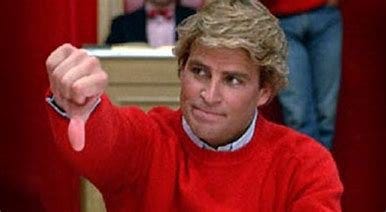
Peter Thiel is Coach Harris, “Revenge of the Nerds” (1984)
Ah-ha! I got you. Did you think J.D.'s lord and master was going to be the Orange Menace? Sure, President Creamsicle is a useful tool, but he’s not the mastermind orchestrating the destruction of our democracy. So, who’s calling that play, then? One possibility is Machiavellian billionaire venture capitalist Peter Thiel, who wants to replace democratic self-governance with corporate techno states ruled by an undisputed monarch. Vance is Thiel’s creation and protégé as surely as Stan Gable is the Coach’s boy. Coach Harris (John Goodman) verbally dismantles the Alpha Betas after they are defeated by the nerds, just as Thiel is trying to dismantle our democracy.
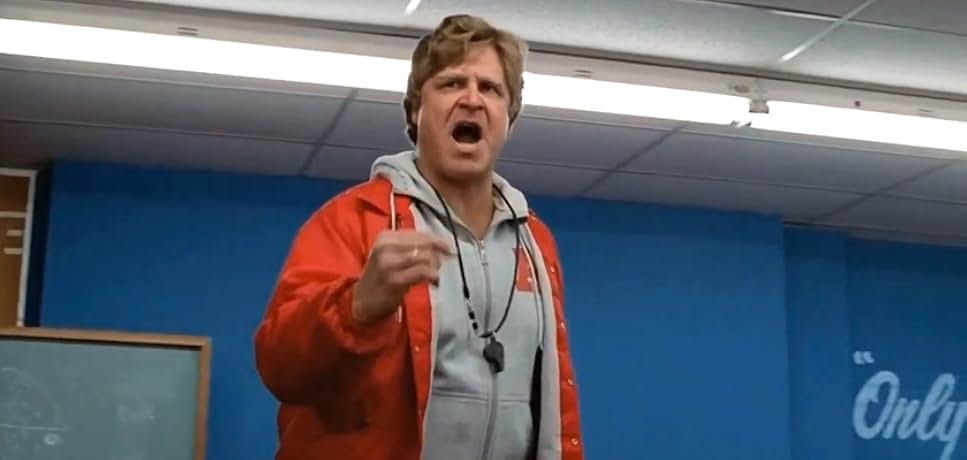
Donald J. Trump is Principal Vernon, “The Breakfast Club” (1985)
He may not be the guy pulling Vance’s strings, but there’s still an authoritarian leadership role for the President of the United States in this game. Enter Principal Richard “Dick” Vernon (Paul Gleason). Vernon is as authoritarian as they come, lording his power over the kids of Shermer High. He expects unquestioning obedience, total control, and demands respect even when it’s not earned. Vernon is quick to create rules to control the actions of the students in his Saturday detention, but he has no qualms about breaking rules himself—as he demonstrates when he reads the school personnel files for shits and giggles. How’s that for a surveillance state?
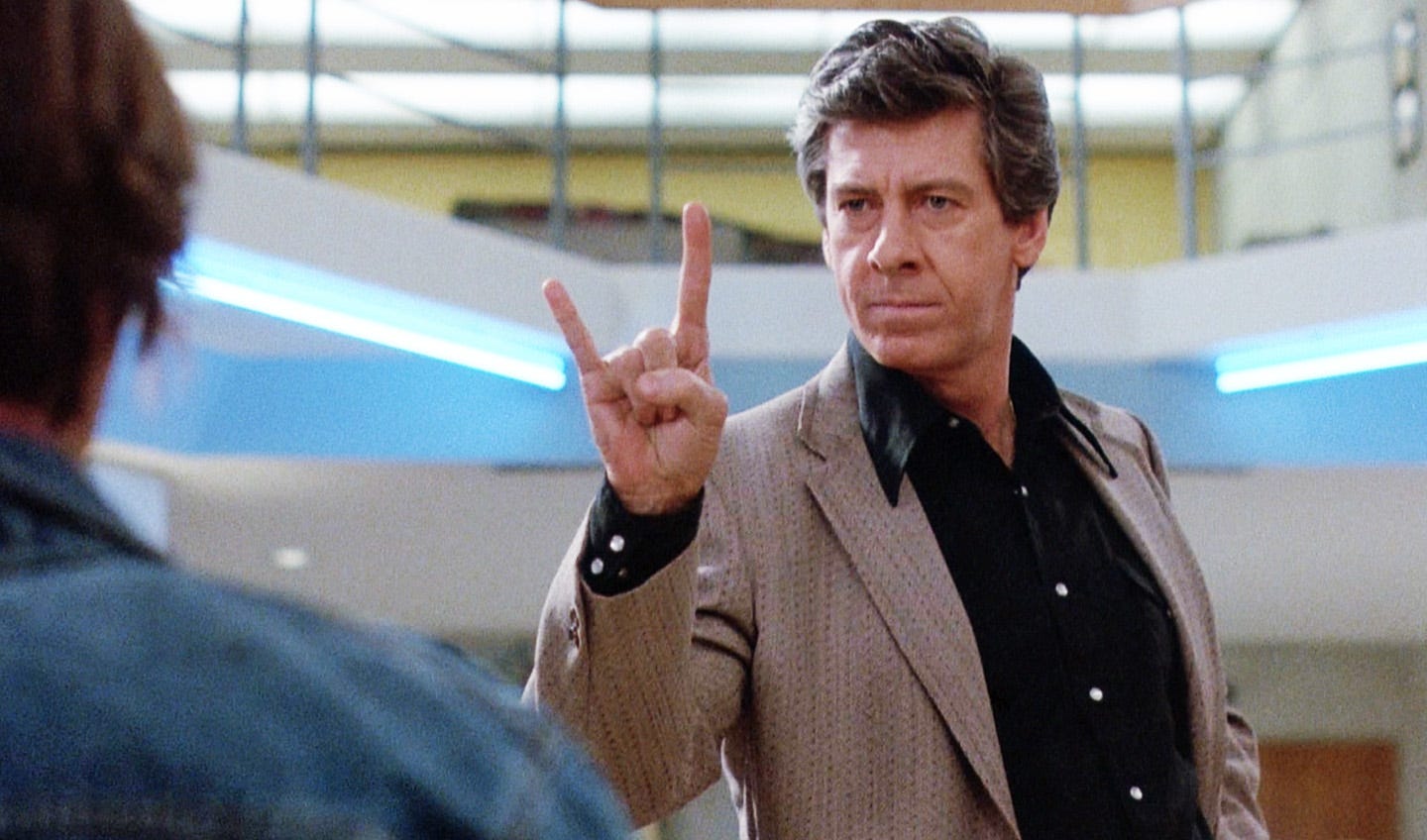
Elon Musk is Teddy Beckersted, “One Crazy Summer” (1986)
I may be getting into the more obscure films here, but my brother and I LOVED this John Cusack vehicle. Rich, cruel bully, Teddy (Matt Mulhern), is the bane of Hoops McCann’s (Cusack) summer. The similarities between him and Musk aren’t readily apparent, but here’s my logic: Teddy has a hot girlfriend he treats like shit, is depicted in close vicinity with a crossbow, regularly beats up the Stork twins, and lives off his Daddy’s money. Elon is a serial baby daddy who runs around with a chainsaw, has a mysterious black eye, and is an emerald mine nepo baby. Oh, and they both like cars and are egomaniacs. See? The similarities are endless.
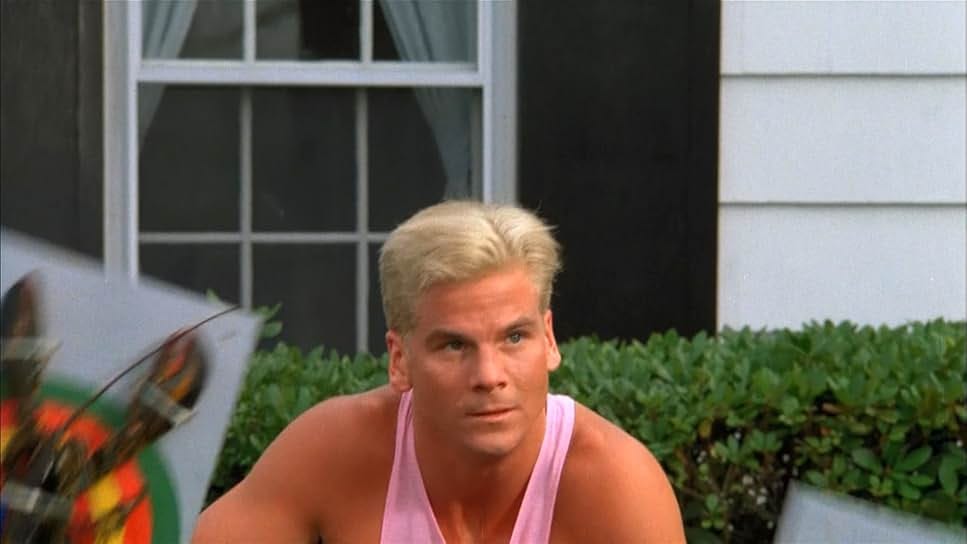
Donald Trump, Jr. and Eric Trump are Scut Farkus and Grover Dill, “A Christmas Story” (1983)
First things first: Yes, his name was Scut, not Scott. It’s a common mistake. Scut (Zack Ward) and Grover (Yano Anaya), terrorizers of Ralphie, Randy, Schwartz, and Flick, are the perfect bully counterparts for Beavis and Butt-head, er, I mean Junior and Eric. Farkus sucks. DJT, Jr. sucks. That’s enough of a similarity for me. Really, this analogy is all about the mental image I have of Eric toadying around after Junior, trying to be tough, too. Junior punches him in the arm, and Eric says, “Ow.” Boy, what a wimp. Bully pecking order established. Bonus mental image: Who hasn’t pictured sitting astride Junior and beating the ever-loving snot out of him with a pair of mittens?
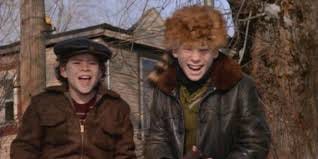
Karoline Leavitt is Regina George, “Mean Girls” (2004)
Yes, I had to depart the '80s for this great Karoline Leavitt analogy, but it just works too well. Leavitt, 27, is a child, anyway, so it makes perfect sense to reference a movie that was released after she was born. Other than that… Regina (Rachel McAdams) is plastic; Karoline is plastic. They’re both blondes. They’re both mean. And I think there’s a joke somewhere about a bus incident, too, but I’m too much of a gentleman to make it.
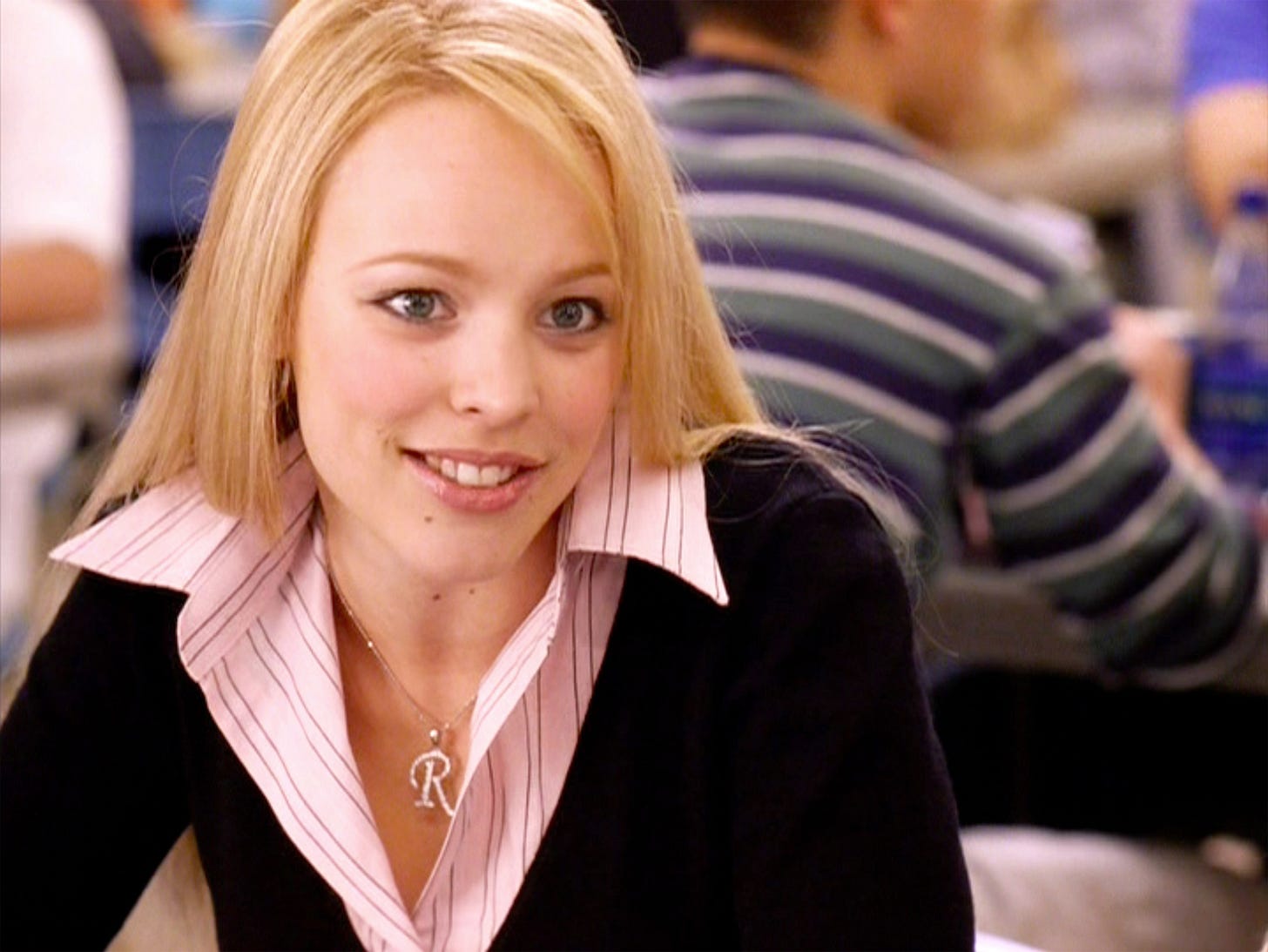
Pete Hegseth is Chet Donnelly, “Weird Science” (1985)
“He's an asshole. Look at that haircut; anyone with a haircut like that, you know he's an asshole.” – Gary Wallace (Anthony Michael Hall), “Weird Science.”
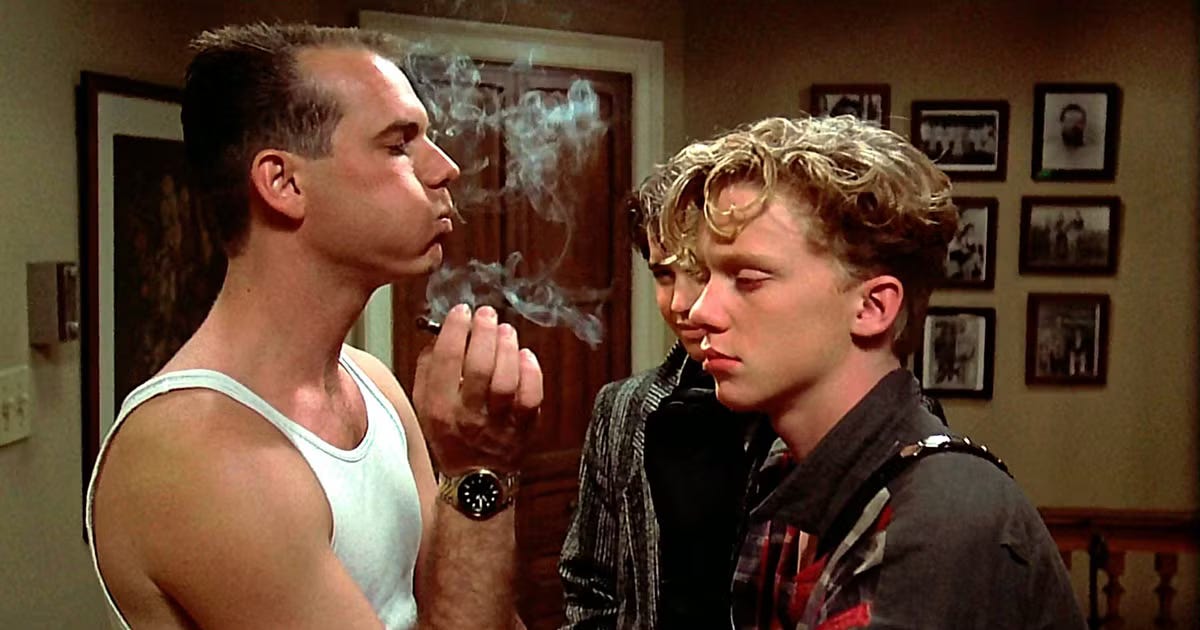
Kristi Noem, Pam Bondi, and Linda McMahon are The Heathers, “Heathers” (1988)
It’s a bully troika! The Heathers are classic ‘80s bullies and proved that teenage girls can be just as horrible as teenage boys, if not worse. Here’s your breakdown:
Noem is the original HBIC, Heath Chandler (Kim Walker). Chandler ruled Westerburg High School for a time and proved she deserved that role by constantly shitting on beta bully and underling, Heather Duke (Shannen Doherty). Meanwhile, Noem has been in this cabinet since the beginning of the Administration. She is an original nominee and the current Head Bully of Homeland Security. She proved she deserved the role by shooting her dog, and now stars in deportation propaganda videos.
Bondi is Heather Duke (Shannen Doherty). Heather D. wasn’t at the top of the pecking order, but she got to be HBIC after the untimely death of her frenemy Heather C. Ultimately, she proved to be a bigger bully than the previous Heather. Bondi wasn’t this Administration’s first choice for Attorney General, but she got there eventually, after Matt Gaetz’s nomination got hosed. Bondi has the potential to create just as much havoc, if not more, than Noem.
McMahon is Heather McNamara (Lisanne Falk). Both are clueless and like to follow leaders, a trait which has somehow elevated them to the top of their relevant social hierarchies.
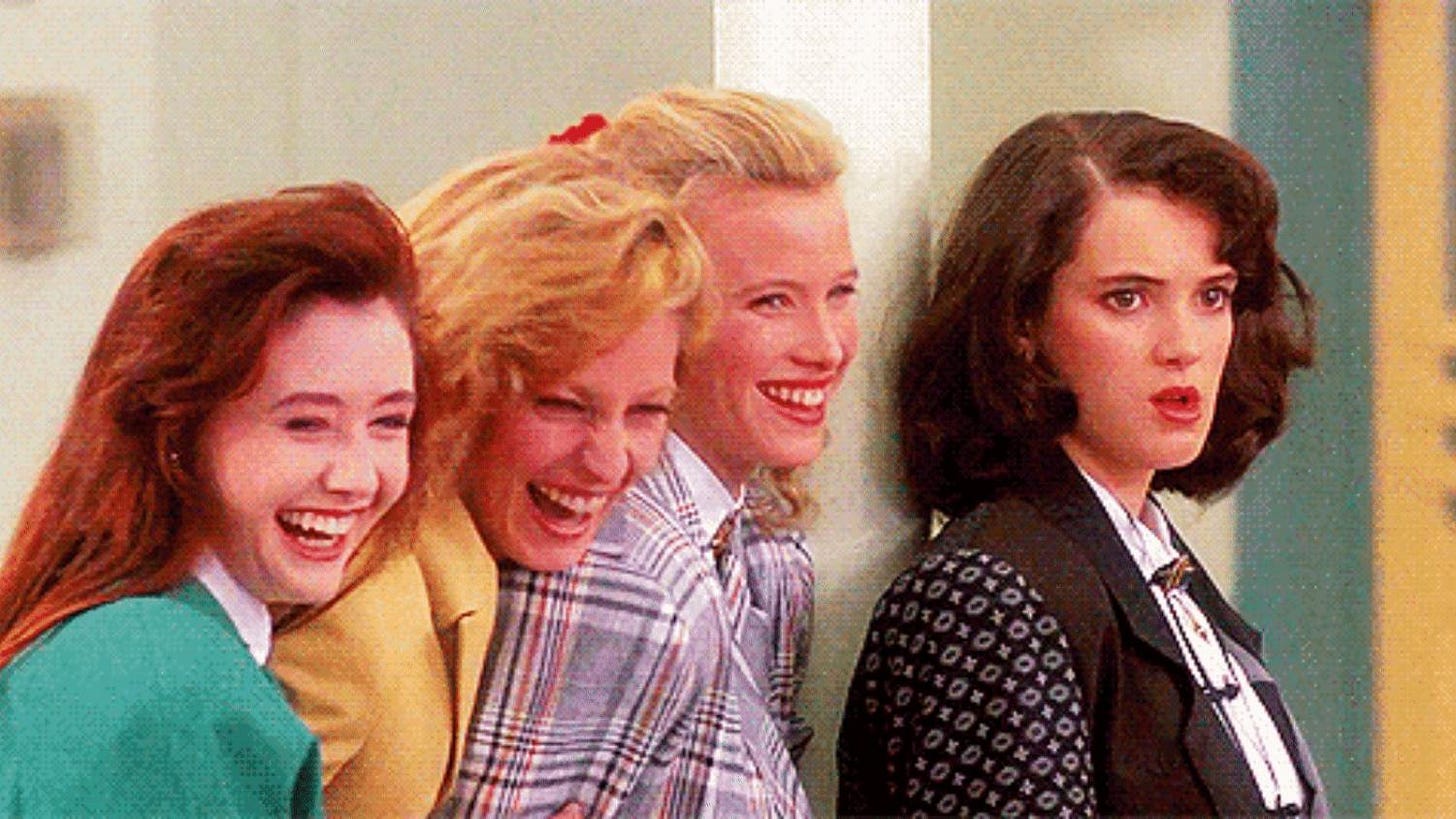
Robert F. Kennedy, Jr. is Kent Torokvei, “Real Genius” (1985)
Kent (Robert Prescott) is a brown-noser extraordinaire. There is nothing he wouldn't do to get on the good side of Professor Jerry Hathaway (William Atherton). Once RFK, Jr. gave up on his presidential hopes, he cozied right up to DJT and parlayed his ass-kissing into a cabinet position. Also, Kent was a scientific genius, and RFK, Jr. fancies himself one. So that feels right, too.
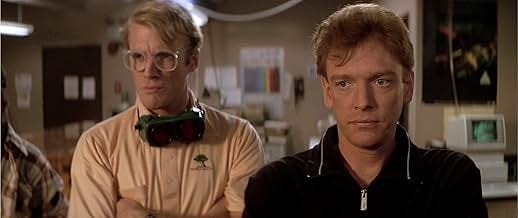
Russell Vought is Biff Tannen, “Back to the Future I, II, & III” (1985, 1989, 1990)
Using a sports almanac from 1985 accidentally left behind in 1955 by Marty McFly (Michael J. Fox), a young Biff Tannen (Thomas F. Wilson) orchestrated a bastardized future world where he was rich and powerful. Meanwhile, Vought, using knowledge he gleaned back in Trump I, spent 4 years writing a book about the future (Project 2025) that he is using to reset the world order and consolidate power for him and his allies. Eerie.
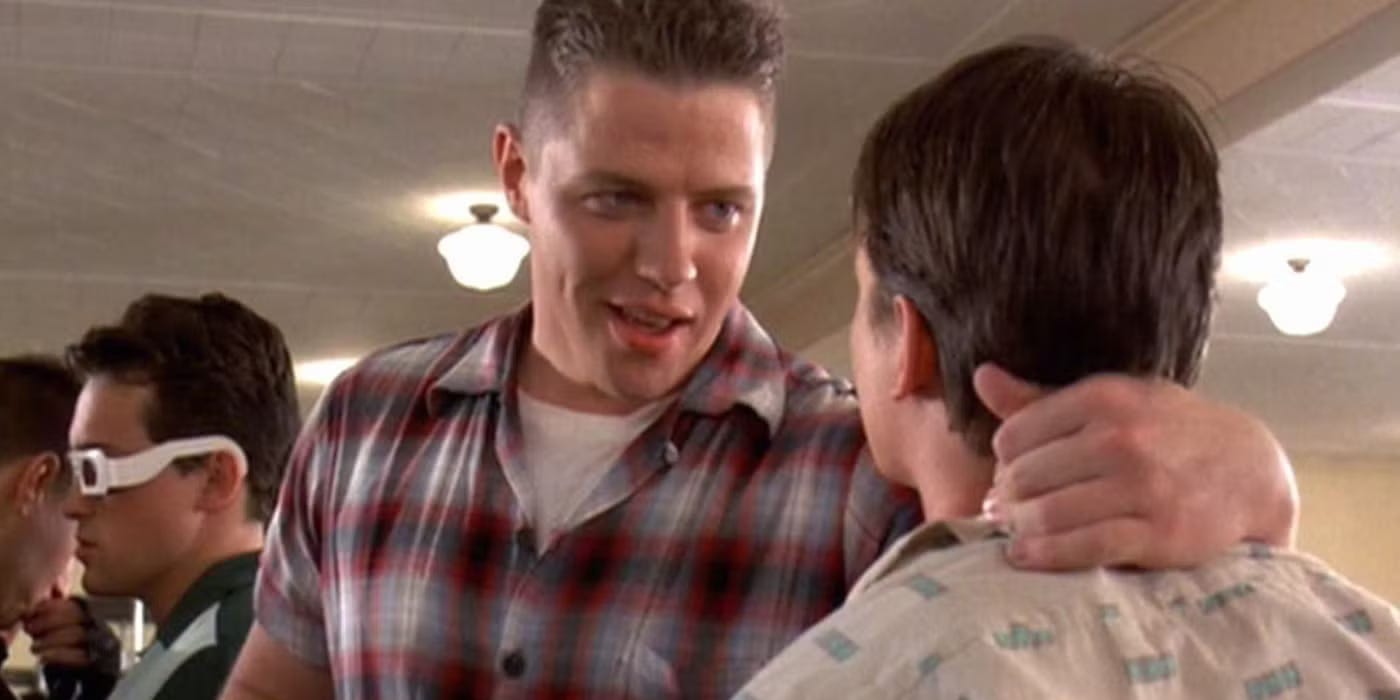
Stephen Miller is Steff McKee, “Pretty in Pink” (1986)
Yes, Blane (Andrew McCarthy) is a jerk, but Steff (James Spader) is much sleazier and more underhanded, and that fits Miller so much better. The name similarity alone is enough for me to make this comparison, but the similarities don’t end there. Steff couldn’t get away with physically harming Andie (Molly Ringwald), so instead he had to resort to classism and psychological warfare. He believed he was superior to most others and delighted in lording this over them. I don’t remember if the movie ever gave any direct indication that Steff was racist in addition to classist, but you know he absolutely was. Sounds like Miller to me.
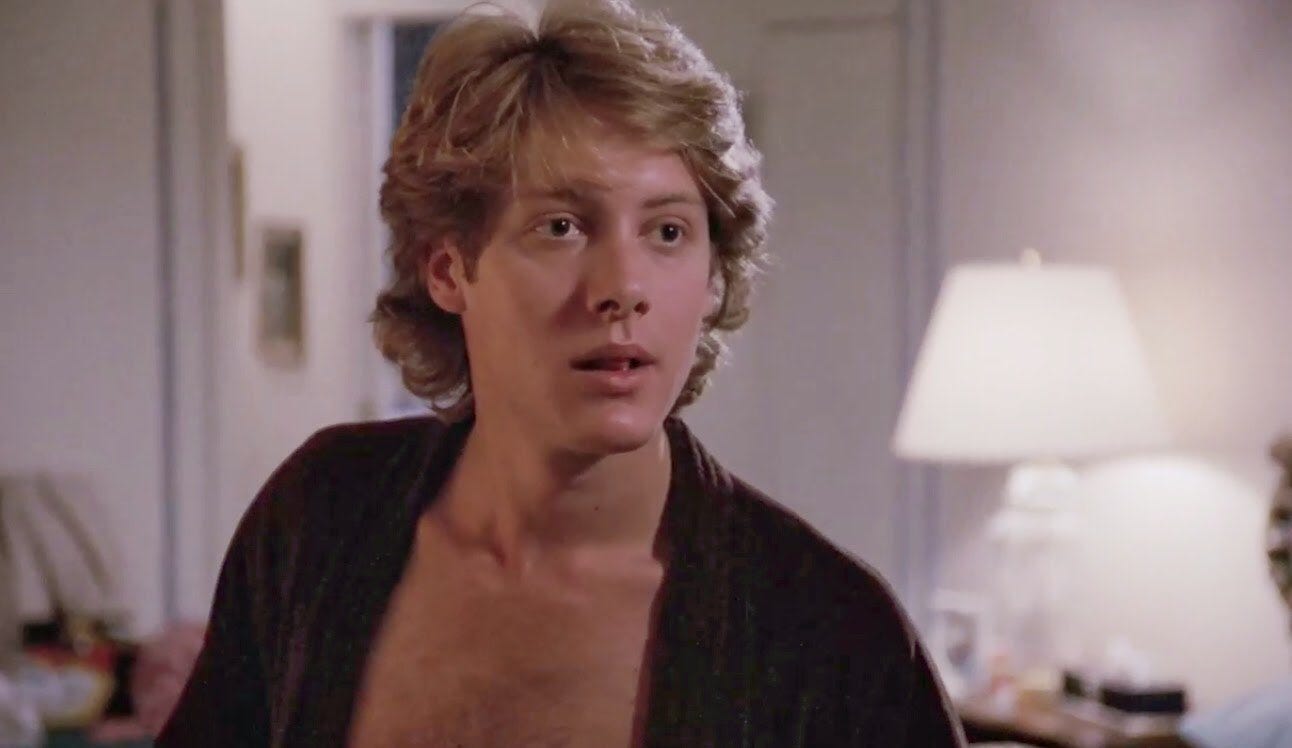
Marco Rubio is Hardy Jenns, “Some Kind of Wonderful” (1987)
Admittedly, I remember very little about this movie, but what I do remember is tough guy Jenns (Craig Sheffer) turning into a simpering pool of jelly when the detention kids crash his party and threaten to end him. Like Jenns, Rubio talked a big game about how tough he was and which orange candidates he could take down in a primary, but he ultimately backed down and is now one of DJT’s prized sycophants. He has like four different jobs in this administration. If that’s not a whipping boy, I don’t know what is.
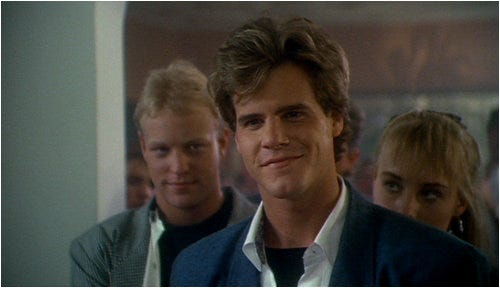
Lara Loomer is Amber Von Tussle, “Hairspray” (1988)
Wants her way, gets her way. Usually. Amber (Vitamin C) and her mother had the ear of the bigwigs behind The Corny Collins Show. They used this connection to try to keep the show from becoming racially integrated, as well as to prevent social outcasts and anti-segregationist white girls Tracy Turnblad (Ricki Lake) and Penny Pingleton (Leslie Ann Powers) from dancing on the show. The white nationalist conspiracy theorist Loomer wormed her way into the Oval Office and got the Commander in Chief to do her bidding, dismissing several members of the NSA she convinced him were insufficiently loyal to him. So far, Loomer has a better track record than Von Tussle in her efforts, but she’s due for a stumble soon.

Edward “Big Balls” Coristine is Johnny “The Paperboy” Gasparini, “Better Off Dead” (1985)
He’s not your typical bully, but the pesky Paperboy (Demian Slade), like DOGE Wunderkind Big Balls, seemed to show up everywhere Lane (John Cusack) went, just like Big Balls and the DOGE crew kept showing up in my newsfeed. Johnny G. just wanted his two dollars, but Big Balls was probably after access keys and data, er, I mean waste and fraud.
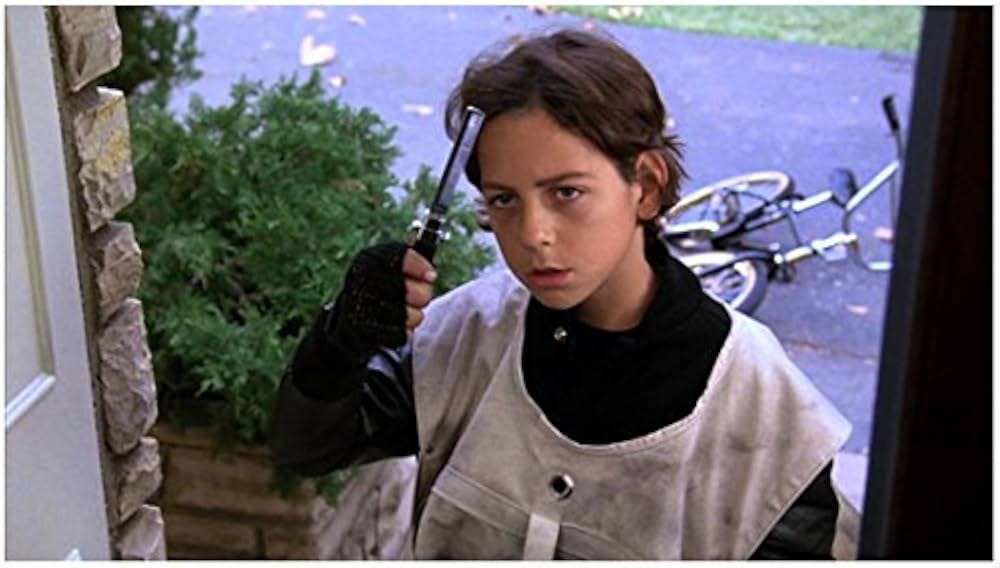
Scott Bessent is Roy Stalin, Better Off Dead (1985)
Stalin (Aaron Dozier)—great name by the way—got into a skiing race with Lane Meyer (John Cusack) and lost. Meyer beat him on one ski. Bessent got into a shoving match with Elon Musk and lost after one shove. Works for me. Also, the name Stalin makes me think of Russia, which is a wintry place, and this is a wintry movie. So, there’s another connection to DJT and Administration 47.
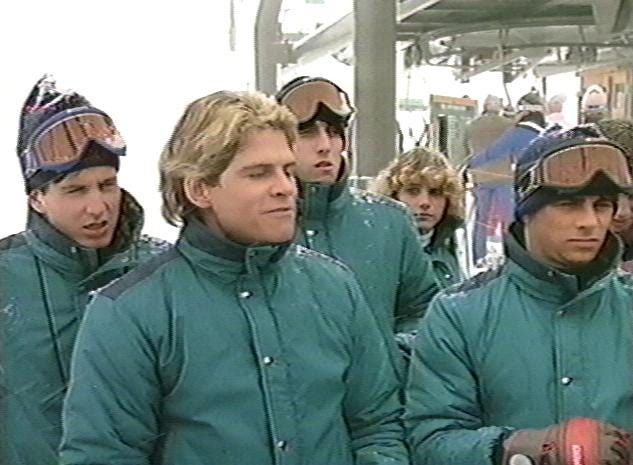
Scott Turner is Troy Perkins, “The Goonies” (1985)
Scott Turner is your HUD Secretary who wants to bulldoze the Goondocks to make way for a country club. OK, so it was Troy’s father (Curt Hanson) who was the mastermind behind that plan, but Troy’s (Steve Antin) apple didn’t fall far from the tree.
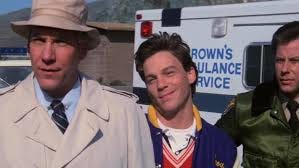
Brooke Rollins is Chuck Cranston, “Footloose” (1984)
Why? Chuck (Jim Youngs) challenged Ren (Kevin Bacon) to a tractor fight. Rollins is the Secretary of Agriculture. I’m not insinuating she’s transgender, just that the two have farms in common. Consider the role hers.
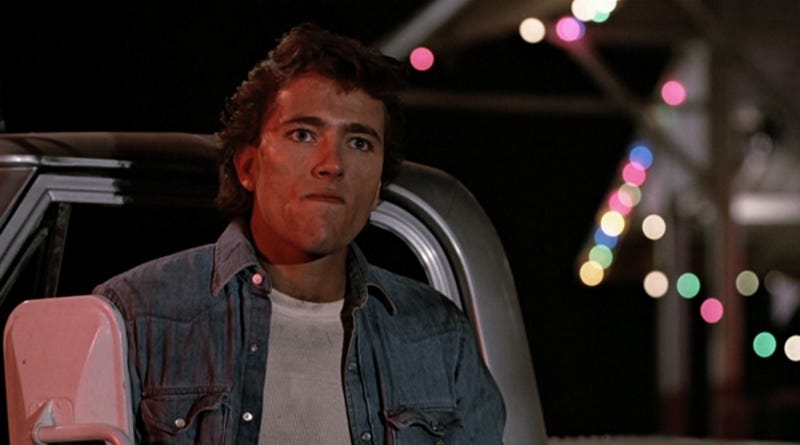
Mitch McConnell is Andrew Clark, “The Breakfast Club” (1985)
McConnell likes to vote with the Dems these days and act like he’s opposing the authoritarian regime he helped to enable. Meanwhile, even though Andrew’s Dad was a huge jerk and turned him into a bully, it was still Andrew who taped Larry Lester’s buns together. I can’t just forget that. Until McConnell shows the same level of personal growth as Andrew (Emilio Estevez) does by the end of the film, he’s still just trying to buff his tarnished image.
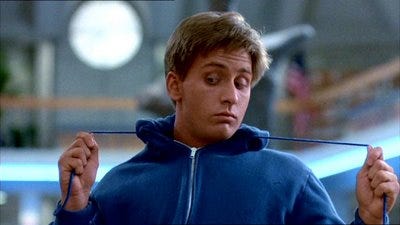
Curtis Yarvin is John Kreese, “The Karate Kid I, II, & III” (1984, 1986, 1989)
The far-right blogger Curtis Yarvin, also known as Mencius Moldbug, is the sensei that guys like Thiel and Vance are learning under. Earlier in this post, I suggested that Thiel was pulling J.D. Vance’s strings; Yarvin may be pulling Thiel’s. Meanwhile, Kreese (Martin Kove) was the malevolent force behind Cobra Kai. Kreese’s driving philosophy was “the enemy deserves no mercy.” Yarvin’s may as well be “Democracy Deserves No Mercy,” a lesson his students are learning well. Also, Curtis Y. rhymes with Cobra Kai, so there’s that.
Andrew Tate is Johnny Lawrence, “The Karate Kid I, II, & III” (1984, 1986, 1989)
Not a member of the Trumpocracy, but still a bully, toxic manosphere influencer, misogynist, and alleged human trafficker, Andrew Tate began his career as a professional kickboxer. Johnny (William Zabka) was the Karate King of San Fernando Valley and undisputed asshole of the county. He eventually learned his lesson and took a turn for the good, but I can see a world where a less chastened Johnny went the way of Andrew Tate. Fortunately, Netflix chose a different path for their Cobra Kai franchise revival.

The beautiful thing about all these movies is that the bullies were ultimately defeated and faced some kind of repercussions for their actions. Some learned lessons, grew, and changed, but most didn’t. I can only hope a similar fate awaits the bullies of the MAGA movement.
Did I leave out your favorite movie bully? Tell me who they are in the comments!
References:
Clemson University. (2023a). Olweus Bullying Prevention Program. Retrieved June 6, 2025, from https://clemsonolweus.org/history.php
Clemson University. (2023b). Olweus Bullying Prevention Program. Retrieved June 6, 2025, from https://clemsonolweus.org/about.php
Dan Olweus. (June 3, 2025). In Wikipedia. Retrieved June 6, 2025, from https://en.wikipedia.org/wiki/Dan_Olweus
This Week’s Moment of Unconditional Love
It’s our blind, little daredevil, Matty Purrdock, coming your way this week. Matty has no eyes, but that doesn’t mean he’s not good at stalking. Here he crouches beneath the bedroom dresser, waiting for unsuspecting feet to pass by.
Your favorite furry friends can be featured in the Moment of Unconditional Love, too. Just email photos to jeffreyafeldman2015@outlook.com. I’ll work them into the weekly mix, and just maybe, share a little something special about you and your animal friend, too. (Hint: this is a good way to get me to share your Substack! 🤫)

The Wayback Machine was a fictional time machine from the 1960s Rocky and Bullwinkle Show. It appeared in segments featuring the characters Mr. Peabody and Sherman.





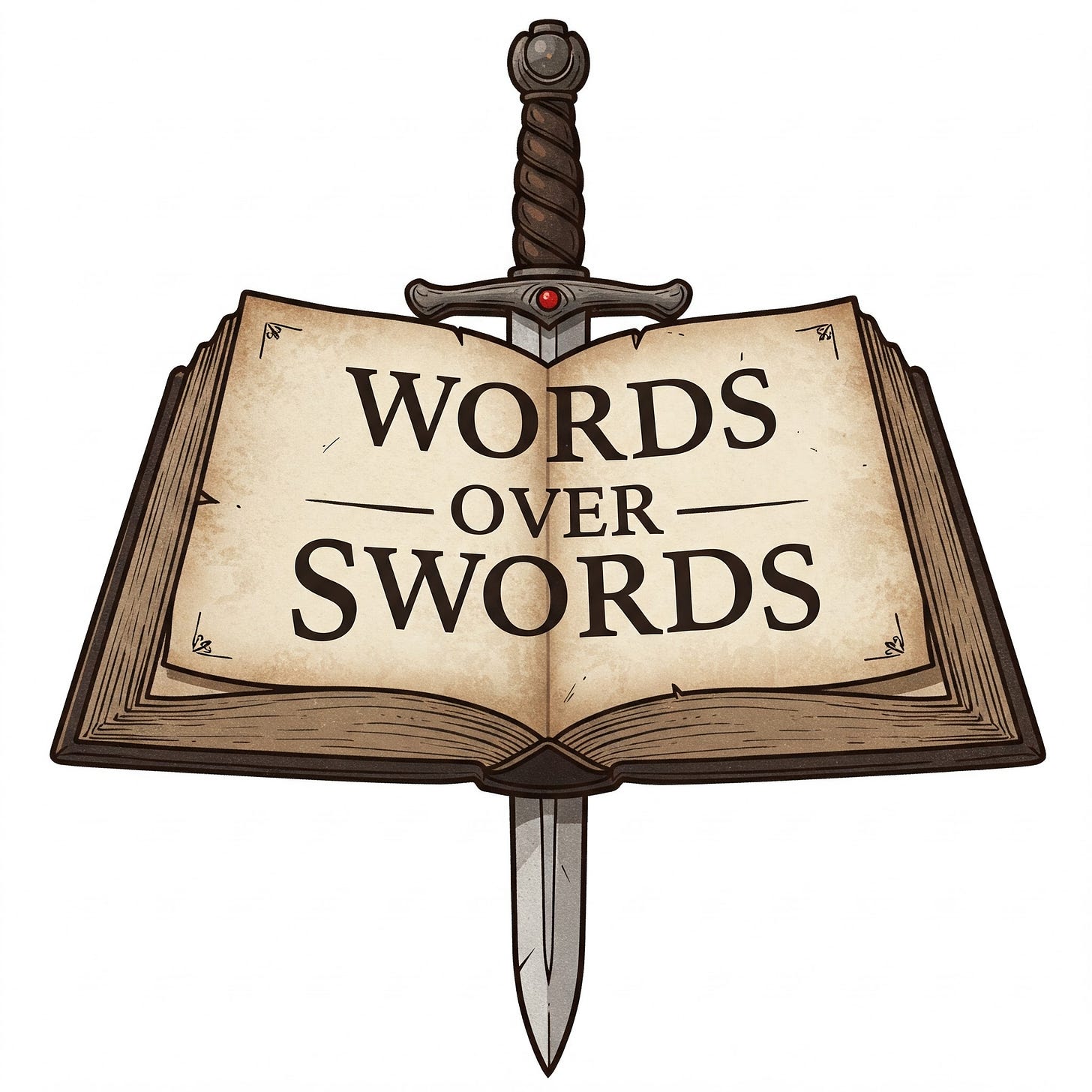
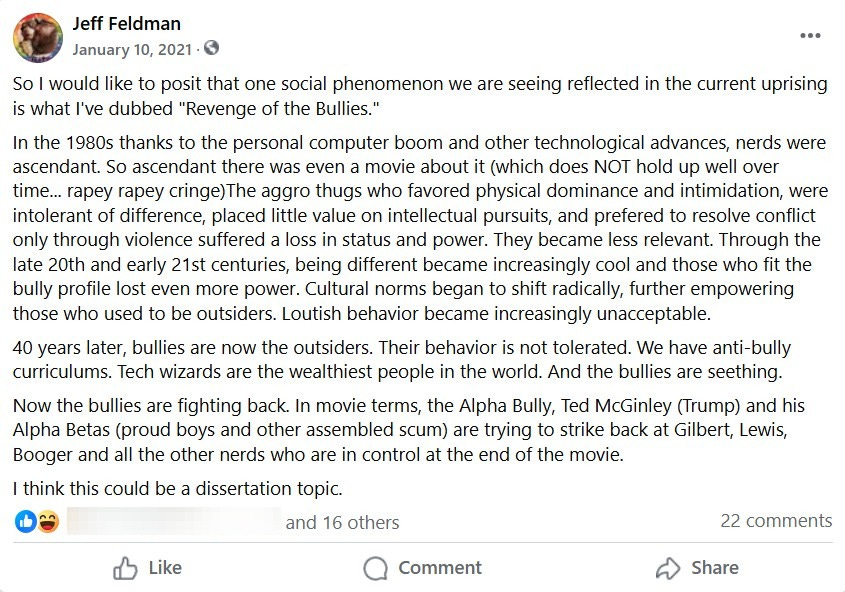
Nailed it! 🤣 Although I’d say drumpf is more like Biff Tannen; they’re both emotionally & intellectually stunted authoritarian misogynists who fail upwards. Really though, there’s a lot of overlap between all of them 😆
We may not have flying cars, hoverboards, Pepsi Perfect, or self drying jackets, but we do have President Biff!